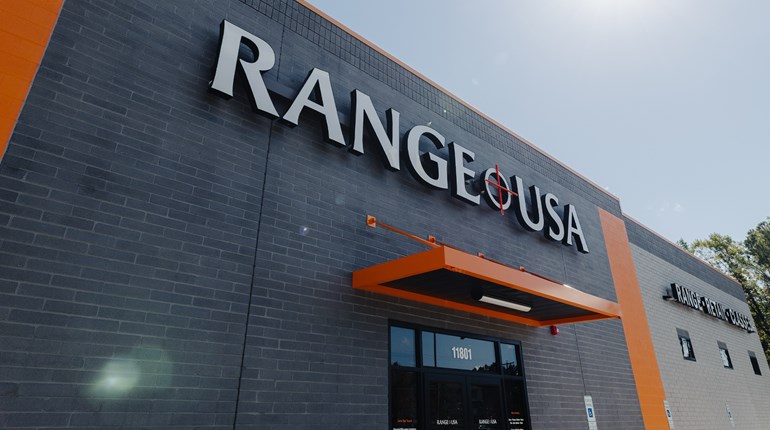
If you have been shooting for a while, you have undoubtedly made some great shots. Not to be bragging, but I once cleaned the entire school drill in a Gunsite #250 class. And, during one period of my life, while handgun editor of a magazine, I made such a long, one-shot kill on a whitetail buck, with a handgun, that I have never printed the exact distance and don't intend to now. So, what does all of that mean? It means exactly nothing, other than the fact I had a lucky day.
We will all have those moments behind a gun when everything clicks just right and we are a force to contend with. The mistake is focusing on those flukes and forgetting that the majority of our shooting could sure use some improvement.
You see, it is not what we can do once in a while but, rather, what we can do every time, on demand. That is the true measure of our proficiency. For the defensive shooter it means, at what distance can you regularly keep all of your shots in the vital zone of the target? How fast can you regularly deliver those shots? How fast can you draw from concealment and hit the vital zone of a target at 7 yards?
The El Presidente drill is a good example. The shooter starts with his back to three targets at 10 yards. On the signal he turns and fires two shots on each target, reloads and puts two more shots into the targets to stop the clock. Par for the drill is 10 seconds with a semi-automatic and 12 seconds with a DA revolver. If you shot par one time, that is really nice. But if, over a period of time and numerous repetitions, you average the par score, that is amazing.
The serious defensive shooter is well advised to keep a shooting log of his practice sessions. You can see not only what your average is with times and scores, but you can also chart your improvement. Those amazing shots that we've all made are wonderful memories. But, when you are fighting for your life, all that matters is what you can do on demand.




































